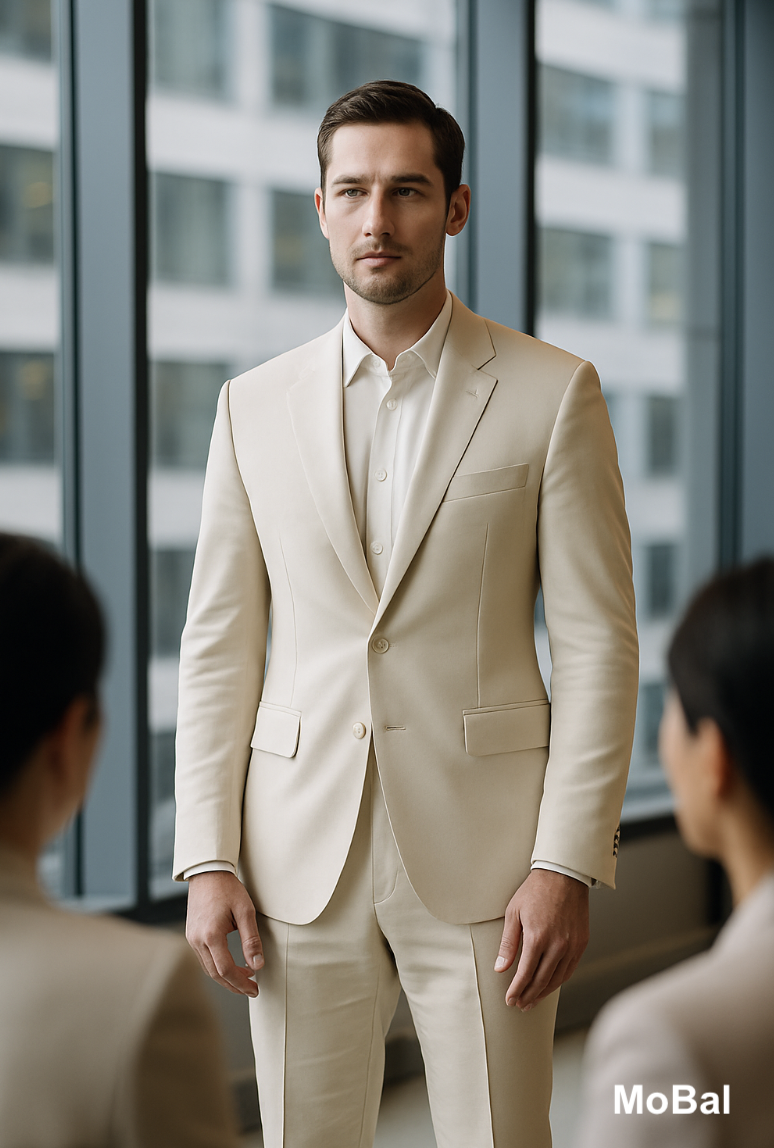
The Calm Body Commands
Author: Marvin V Acuna
The Calm Body Commands
In an era where leadership is often dictated by trend-following and surface impressions, true influence originates from an embodiment of authenticity and strength. The secret is deceptively simple yet profoundly transformative: to lead others effectively, begin by cultivating mastery over your own body. Understanding how physical expression influences psychological and emotional states elevates mere presence to a commanding force that inspires others.
Embodied Leadership: The Nexus of Presence and Influence
Leadership extends beyond verbal communication; it resides in how you occupy space and interact energetically with your environment. Great leaders are essentially the architects of atmosphere. They craft feelings of assurance and inspiration through nuanced bodily language—posture, poise, and intentional gestures. Embodied leadership is not about rigid control but dynamic equilibrium. It's about a state of being that reflects inner calm and outward assurance.
Posture: Your spine is the architectural column of your body and metaphorically, your leadership. Standing tall communicates confidence and readiness. Notice how standing up straight can elevate the spirit, creating an upward and forward momentum both physically and mentally.
Poise: Cultivating grace under pressure is a hallmark of influential presence. Poise is the internal symphony orchestrating thoughts, emotions, and reactions into a cohesive melody that assures those around you. It’s an aura that draws people into your orbit without words.
The Connection Between Physical Mastery and Leadership
At the core of leading well is an understanding of how your body and mind interact—a symbiotic relationship that directly impacts decision-making and interpersonal relations. When you learn to command your body, you lay the groundwork for commanding any room or situation.
Building a Mindful Posture
Adopting a mindful posture is a practice that requires attention and consistency. It's not simply about looking strong but genuinely feeling strong, reflecting your inner mental state.
Awareness: Begin by building awareness. Take note of how your body feels in different situations—tense during stress, relaxed during calm. Identify habits that may not serve you, such as hunched shoulders or a forward-leaning gait.
Routine: Create a routine that integrates posture checks. Small adjustments made consistently over time lead to significant change. Consider periodic prompts throughout your day to realign your stance and recenter your mind.
Breathing: Partner posture with breath. Oxygen fuels clarity and presence. Deep, full breaths expand the body, optimizing mental function and enhancing your verbal and non-verbal communication.
The Mechanics of Poise
To master poise, one must engage in the dual exercise of external expression and internal reflection. This involves managing both how you express emotions physically and how you internally process external pressures.
Emotional Regulation: Develop the ability to modulate emotions through acknowledgment and adjustment, not suppression. This creates poise from within, as tension dissolves into focused energy.
Response Training: Practice responding rather than reacting. Ground yourself in the moment by pausing and processing before acting, ensuring your actions are deliberate and aligned with your leadership vision.
The Strategic Edge of a Calm Body
In a society driven by the frenzy of speed and multitasking, maintaining a calm, commanding physical presence sets you apart. A composed demeanor allows you to listen actively and make pivotal decisions with clarity—a skill that becomes increasingly rare and valuable.
Perception Management: Your composed posture influences how others perceive you and how you perceive yourself. Others are drawn to those who exude confidence without arrogance, strength without force, and insight without overshadowing others’ perspectives.
Decisive Leadership: The capacity for calm reflection before decisive action ensures that leaders are making considered choices. It grants the mental space required to innovate and pivot as circumstances demand.
Integrating Body and Leadership Practices
Effective leadership is a fusion of the internal discipline of a warrior and the intuitive grace of a sage. By embedding practices that nurture your physical presence, you not only enhance your leadership capabilities but also inspire those you lead to do the same.
Ritual Practice: Engage in daily rituals that connect body and mind, such as yoga or tai chi, which emphasize balance, flexibility, and meditative focus.
Self-Reflection: Schedule time for reflection to assess the alignment between your actions and your leadership goals. This feedback loop is crucial to personal growth.
Community Engagement: Foster environments where the emphasis on physical mastery and embodied leadership is shared. Teach others, learn from peers, and cultivate collective growth.
Conclusion: Lead Through Presence
In conclusion, embodying leadership through physical mastery is not merely an act of refining outward appearances but of harmonizing inner intentions with external expressions. A calm body that commands is a reflection of a life led by intent, depth, and authentic mastery.
Commanding presence is not a skill acquired overnight; it is an ongoing journey of transformation. Embarking on this path means committing to continual improvement, not solely for self-glorification but to best serve the world around you. The practice of “Change Your Body. Lead Your Life” ultimately becomes a journey of leadership—one that uses the power of presence to uplift, inspire, and enact meaningful change in the world.